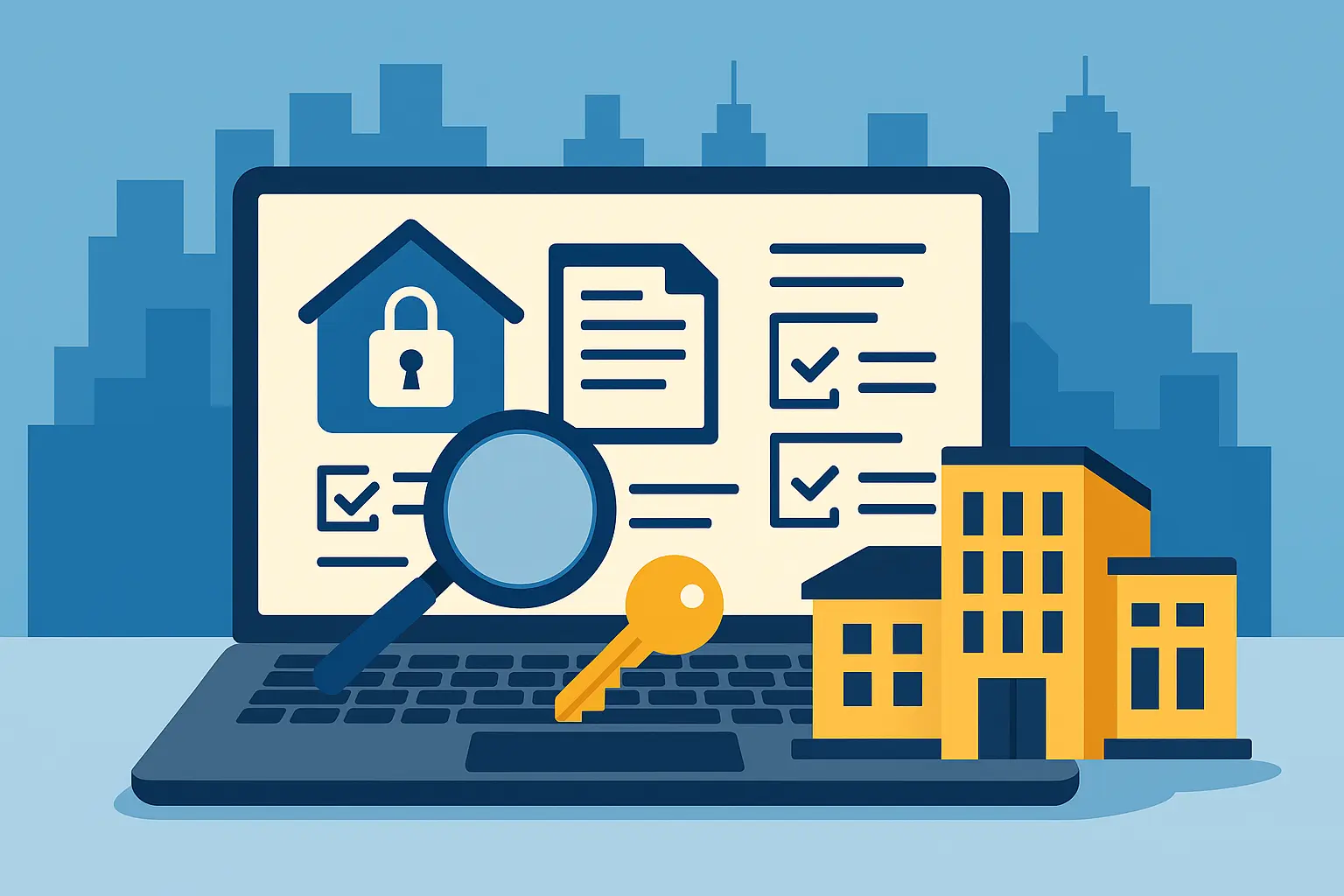As Kison Patel, CEO of M&A Science, puts it, “In M&A, time is the enemy. The longer a deal takes to close, the more risks it poses for both parties.”
Though Corporate Finance Institute states that an average M&A deal can take between 6 months to several years to complete, sometimes giving a deal several years to close is an unaffordable luxury.
A merger and acquisition deal is complex and multi-component. To arrange it effectively, a well-planned process is needed. In this article, we’ll learn the key components, stages, M&A data room software role, parties, and challenges of an M&A lifecycle to help you build it effectively.
What is an M&A lifecycle?
The M&A (mergers and acquisitions) lifecycle refers to the step-by-step process that most companies go through when they intend to merge with or acquire another company.
Here are 5 key steps involved in the M&A process, according to PwC’s M&A lifecycle model:
- Target identification and preliminary assessment. In the initial stage of an M&A transaction, the vendor creates an Information Memorandum to gauge market interest and attract potential buyers without revealing sensitive business details. Interested buyers may then enter into a Non-Disclosure Agreement (NDA) to ensure the confidentiality of the target company’s sensitive data during further negotiations.
- Negotiations and Letter of Intent (LoI). During the negotiation and letter of intent phase, multiple potential buyers may engage in due diligence. If only one potential buyer is involved, they start considering certain pre-contractual matters, such as existing antitrust and corporate laws, securities regulations, accounting matters, tax implications, and prevailing market conditions. A non-binding letter of intent is commonly used to outline the proposed terms and conditions of the acquisition between the potential purchaser and the vendor.
- Due diligence. During the due diligence stage of an M&A transaction, a thorough examination of the target company takes place. The due diligence exercise encompasses the company’s financials and legal aspects, with the main goal of identifying key risks related to the transaction, determining fair pricing, and increasing bargaining power.
- Negotiations and deal closing. After completing the due diligence exercise, the potential purchaser and its advisors review the findings and assess their significance to the transaction. If the purchaser remains interested in proceeding, negotiations commence to finalize all terms and conditions of an M&A deal, including the sale price, warranties, indemnities, and any limitations. This culminates in a final agreement — either a Share Purchase Agreement (SPA) or an Asset Purchase Agreement (APA).
- Post-deal integration. After the deal closure, the SPA/APA may contain clauses for post-closing actions, like fulfilling additional obligations, transferring assets, obtaining consent, or adjusting the final price. Additionally, the parties might undertake a post-closing integration process to merge the two firms or businesses effectively, leveraging synergies to ensure the deal’s success.
What are the stages of an M&A lifecycle?
Below we offer a more comprehensive list of key stages of a typical M&A deal.
| Stage | Description | Resources needed |
| 1. Acquisition strategy development | Identifying the rationale and objectives behind the M&A transaction for the acquirer — such as expanding product lines or entering new markets. | Acquisition strategy |
| 2. M&A criteria definition | Identifying key criteria for the potential target business. These may include profit margins, geographic location, or customer base. | M&A search criteria |
| 3. Target identification | Searching for potential companies to merge with or acquire. Leverage various resources at your disposal, such as company contacts or active private equity firms. | Information Memorandum |
| 4. Investment bankers hiring | Hiring investment banking specialists to assist in identifying potential buyers or sellers, conducting valuations, negotiating deals, and managing the overall transaction process. | Financial statements Transaction history Confidentiality agreements |
| 4. Acquisition planning | Making initial contact with companies that express interest in the proposed deal and assessing their suitability for acquisition. | Non-Disclosure Agreement (NDA) |
| 5. Valuation analysis | Requesting detailed information from the target company, including data on its assets, financial performance, and market conditions, to perform valuation analysis and evaluate its fair value and suitability as an acquisition target. | SWOT analysis Valuation models like Discounted Cash Flow or Comparable Company Analysis |
| 6. Negotiations | Using valuation models to develop a reasonable offer. Engaging in discussions and bargaining to reach mutually agreeable terms between the acquirer and the acquired company. | Letter of Intent (LoI) |
| 7. Due diligence | Conducting a thorough investigation of the target company’s operations, financial metrics, balance sheet, assets, liabilities, intellectual property, customers, and human resources to validate its value. | Due diligence checklist |
| 8. Deal structuring | Preparing a final purchase and sale contract upon a successful due diligence process. Specifying whether it is an asset purchase, share purchase, or a merger. | Share Purchase Agreement (SPA) Asset Purchase Agreement (APA) Term sheet |
| 9. Financing strategy development | Arranging the necessary funds or resources to finance the M&A deal after signing the purchase and sale agreement. | Financing proposal Definitive agreement |
| 10. Regulatory approval | Seeking approval from relevant authorities and regulatory bodies for the transaction. | Legal and regulatory analysis Regulatory, corporate, and third-party approvals |
| 11. Integration planning | Developing a detailed plan for integrating the operations, systems, and cultures of the two companies after the M&A is completed. | Post-merger integration plan Performance measurement plan |
| 12. Closing | Finalizing the M&A deal, including the transfer of ownership and assets. | Term sheet |
| 13. Post-merger integration | Executing the integration plan and monitoring the performance and synergy of the combined entity. | Communication plan Cultural integration plan Financial integration plan Technology integration plan Risk management plan |
Length of an M&A process
The M&A process typically takes anywhere from six months to several years, but it can extend beyond that in more complex cases.
Excluding force majeure situations, complex competitive bidding cases, and unexpected disruptions or delays, the main factors impacting the length of the M&A process include:
- Due diligence complexity. The depth and complexity of the due diligence process can impact the timeline, as thorough evaluations of financials, legal matters, operational aspects, and potential risks take time to complete.
- Regulatory approvals. The need for approvals from governmental or regulatory bodies can introduce delays, especially in deals involving companies in heavily regulated industries.
- Antitrust and competition reviews. Large transactions or those involving market leaders may require an antitrust and competition detailed overview, which can be time-consuming.
- Negotiations. The negotiation phase can be prolonged if the parties have differing expectations or encounter complex issues.
- Financing arrangements. The time required to secure funding or arrange financing for the deal can impact the overall sale process.
- Third-party consents. If the target company has contracts with third parties that require consent for the transaction, obtaining these consents can introduce delays.
- Shareholder and board approval. Obtaining approval from shareholders and boards of directors can impact the process timeline, especially in larger companies with multiple stakeholders.
While no M&A deal is unique, the impact of unexpected delays in the process cannot be underestimated. Often M&A deals fail because closing takes too long to complete. To avoid a fatal mistake, experienced advisors and a well-structured project plan are compulsory.
Key participants of an M&A lifecycle
In an M&A lifecycle, several key parties play crucial roles in facilitating and executing the transaction. Each of them has distinct responsibilities to ensure a successful deal:
- Acquirer/buyer. The acquiring company is the primary party interested in purchasing or merging with the target company. Their responsibilities include:
- Defining the acquisition strategy and objectives
- Identifying potential target companies
- Conducting due diligence on the target
- Negotiating and structuring the deal
- Securing financing for the acquisition
- Overseeing post-merger integration
- Target company/seller. The target company is the entity being acquired or merged. Its responsibilities include:
- Considering the acquisition offer and negotiating terms
- Providing access to necessary information for due diligence
- Seeking approvals from shareholders and regulatory bodies
- Coordinating with the acquirer during the integration process
- Financial advisors. These are professionals from investment banks or financial consultants, who provide expertise and advice to both the acquirer and the target company. Their responsibilities include:
- Conducting valuation analyses to determine the fair value of the target company
- Assisting in structuring the deal and formulating offers
- Assessing the financial implications and potential synergies of the transaction
- Identifying potential financing options
- Legal advisors. Lawyers specializing in mergers and acquisitions play a vital role in the process. Their responsibilities include:
- Drafting and reviewing legal documents, such as letters of intent, purchase agreements, and ancillary contracts
- Providing advice on regulatory compliance and legal implications
- Assisting in obtaining necessary approvals and permits
- Addressing any legal issues that arise during due diligence
- Due diligence team. A group of professionals, including accountants, lawyers, and subject matter experts is responsible for conducting due diligence on the target company. Their responsibilities include:
- Examining the target company’s financial records and statements
- Assessing legal and regulatory compliance
- Evaluating the target’s operations, contracts, and potential risks
- Identifying any potential liabilities or issues that could impact the deal
- Board of directors and shareholders. In the case of public companies, the board of directors and shareholders have a significant role in approving the M&A deal. Their responsibilities include:
- Reviewing and approving the terms of the deal
- Assessing the potential benefits and risks to shareholders
- Voting on the acquisition or merger proposal
- Regulatory and government authorities. Depending on the jurisdictions and industries involved, various regulatory and government bodies may be involved in approving the transaction. Their responsibilities include:
- Reviewing the deal for compliance with antitrust laws, competition, and other regulations
- Granting necessary approvals and permits
| Ready to ensure a smooth and successful M&A closing? Check out our comprehensive M&A closing checklist to navigate the final stages of the process with confidence and efficiency! |
Challenges of the merger and acquisition process
According to PAT research, companies may not meet expectations in mergers and acquisitions due to several reasons, including overestimated synergies, paying excessive premiums, inadequate planning, and failed integration.
Source: PAT Research
Let’s explore the challenges of mergers and acquisitions in more detail below:
| Challenge | Description |
| Incomplete/incorrect information gathered during due diligence | It hampers informed decision-making, leading to potential undervaluation or overvaluation of the target company |
| Communication disconnects between corporate development and PMI teams | Such communication gaps lead to coordination issues, resulting in misalignment of strategies and objectives, hindering seamless integration and synergy realization. |
| Unclear deal objectives | Unclear objectives create ambiguity and hinder effective planning, making it difficult to align efforts, allocate resources, and achieve desired outcomes. |
| Over-prioritizing integration initiatives | Such over-prioritization causes inefficiencies, potentially missing opportunities to capture synergies promptly. |
| Lack of well-defined processes | It results in confusion and potential errors, leading to operational disruptions and a loss of productivity. |
| Multiple uncoordinated project management teams | Lack of coordination between teams causes disorganization, leading to overlapping efforts, conflicts, and reduced accountability, all of which impede integration efforts. |
| Inadequate tracking and tools | Without effective monitoring and corrective action, it is difficult to identify and address integration-related problems promptly. |
Typical effects of M&A failures include prolonged integration processes, loss of employees, customers, and suppliers to competitors, and unmet shareholder expectations leading to a decline in stock price.
| To boost M&A efficiency and ensure the use of proper technology during M&A, consider using advanced data rooms for M&A. Explore how this secure and efficient platform can enhance collaboration and data management for your next deal! |
Key takeaways
- PwC experts define five main stages of the M&A process, including assessment and preliminary review, negotiation, and letter of intent, due diligence, deal closing, and post-merger integration.
- The length of an M&A process varies from six months to several years. The main factors affecting the length of the deal include due diligence complexity, regulatory approvals, antitrust reviews, negotiations, financing arrangements, third-party consents, and shareholder and board approval.
- Key participants of an M&A deal team include the acquirer/buyer, target company/sell side, financial advisors, legal advisors, and due diligence teams.
- The main challenges in the M&A process include incomplete due diligence information, communication disconnects, lack of clear deal objectives, and some other ones.
- A virtual data room can help streamline the M&A process by providing a secure and centralized platform for sharing sensitive information with potential buyers or investors.



